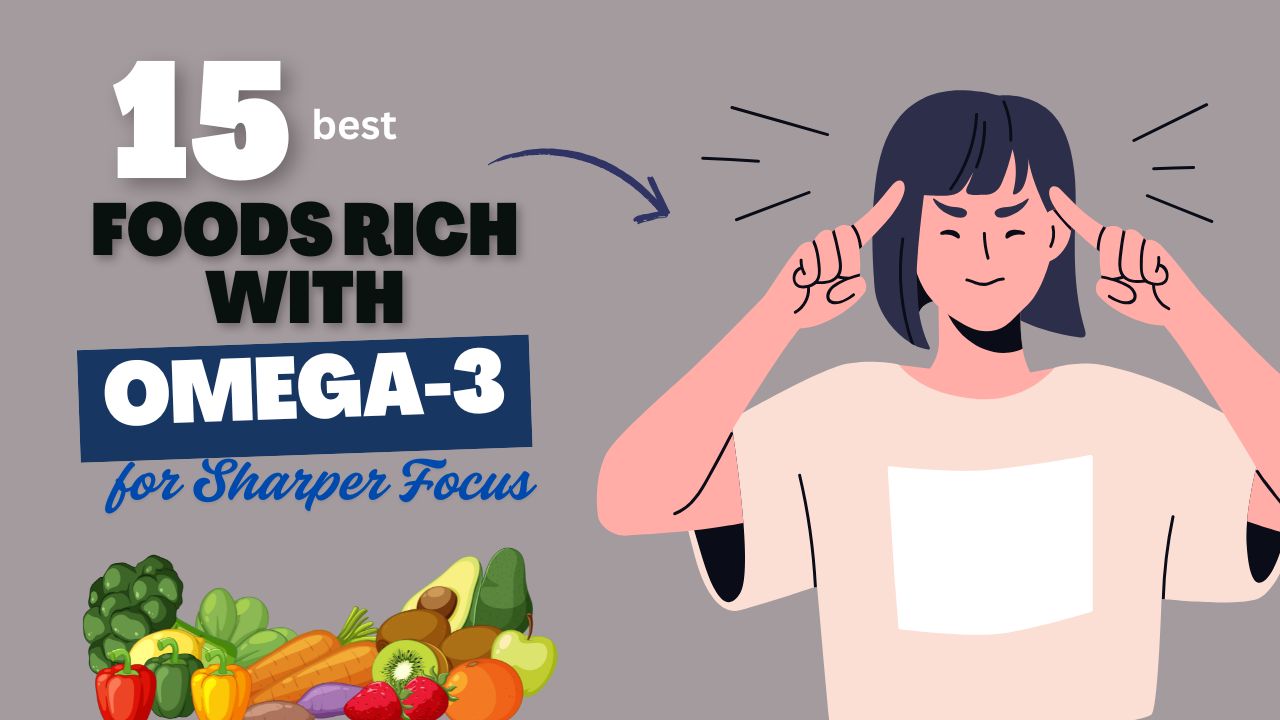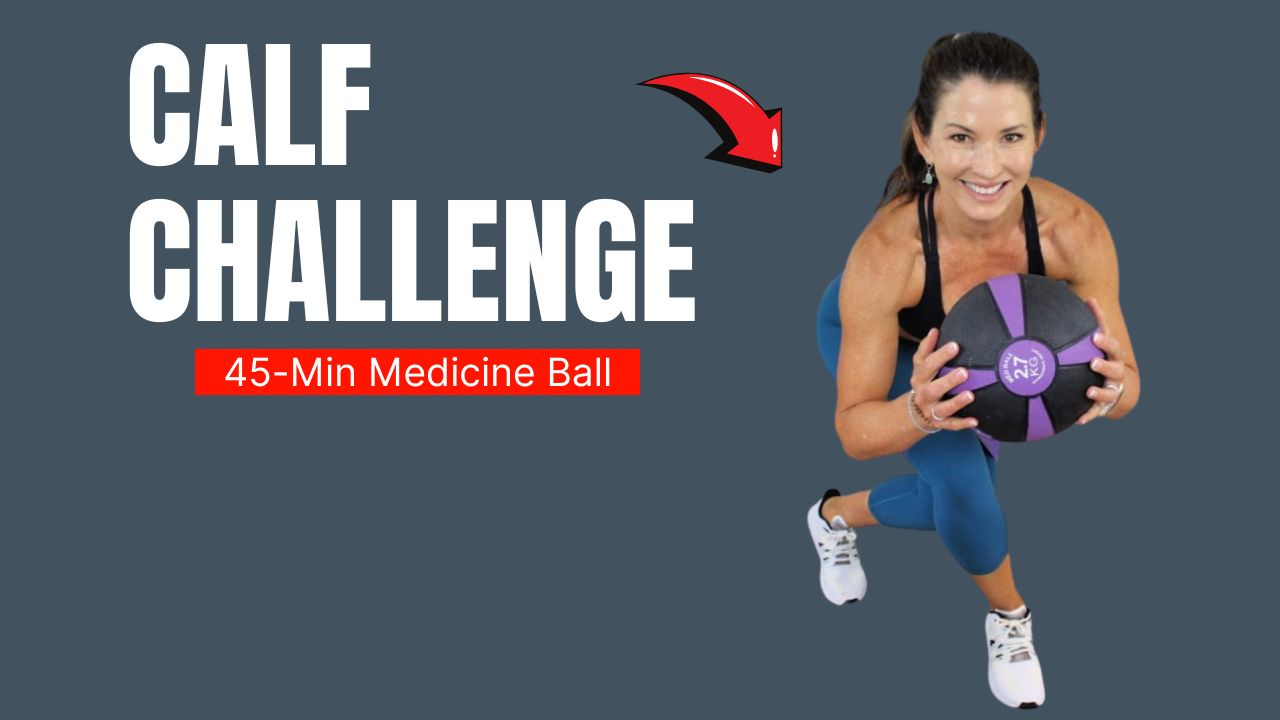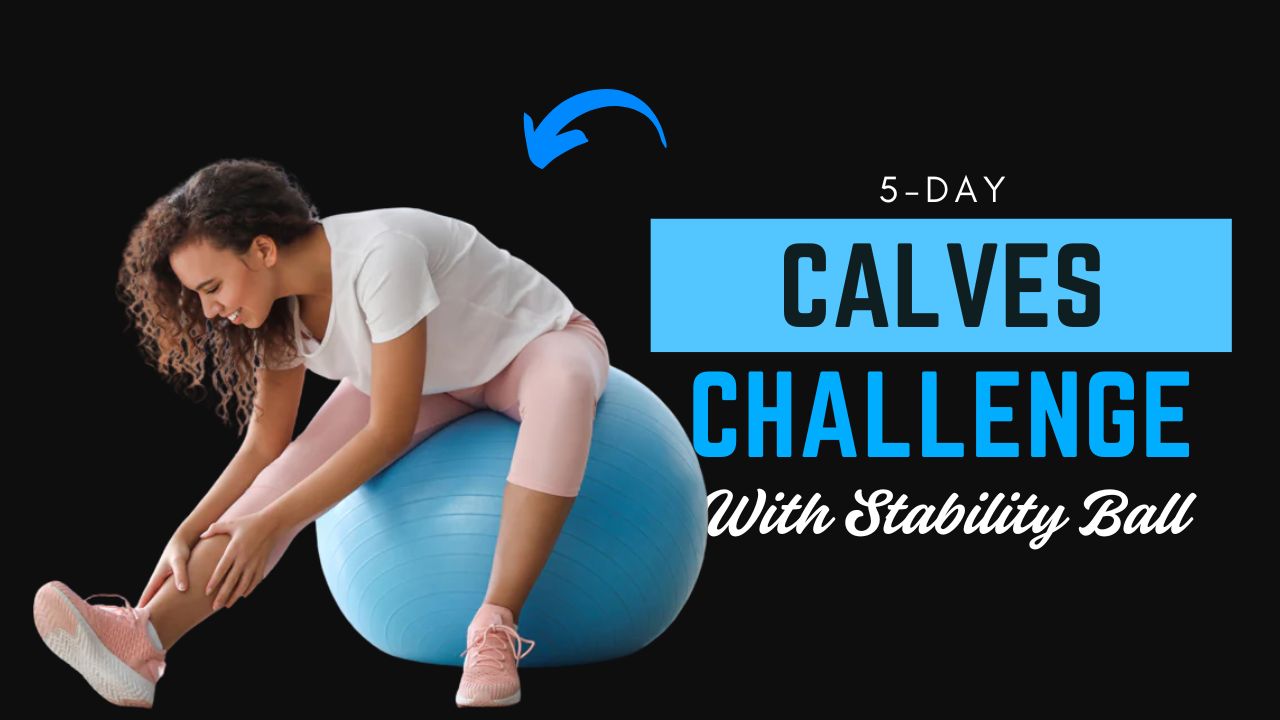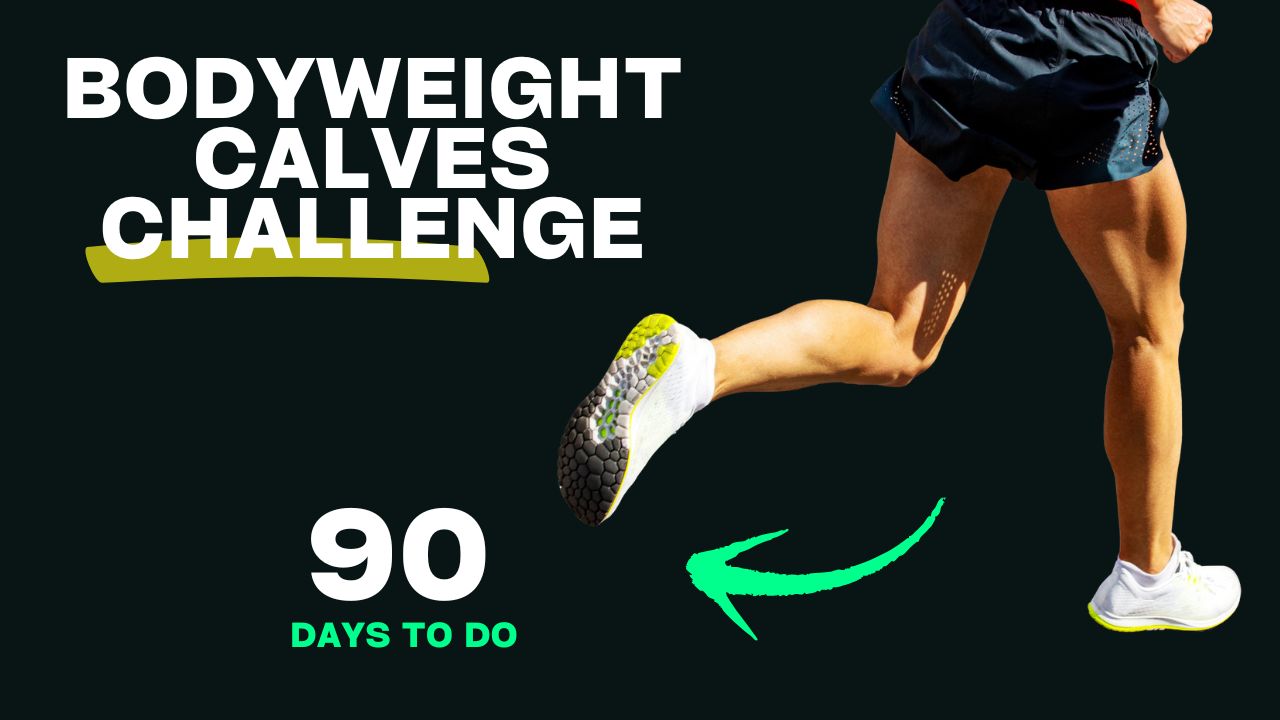Do you know? Your height isn’t always set in stone after puberty. While genetics play a major role, posture, spinal decompression, flexibility, and certain muscle-strengthening exercises can contribute to height enhancement — or at least help you appear taller.
If you’ve been searching for realistic, body-friendly ways to improve your stature, these 15 exercises are where you begin.
Let’s bust a common myth before we begin: “Height can’t be increased after a certain age.” False.
While bone growth may stop, your posture, spinal alignment, and muscle elongation can create noticeable improvements.
With the right mix of stretches and strengthening routines, you can boost flexibility and decompress the spine — creating a taller, more confident you.
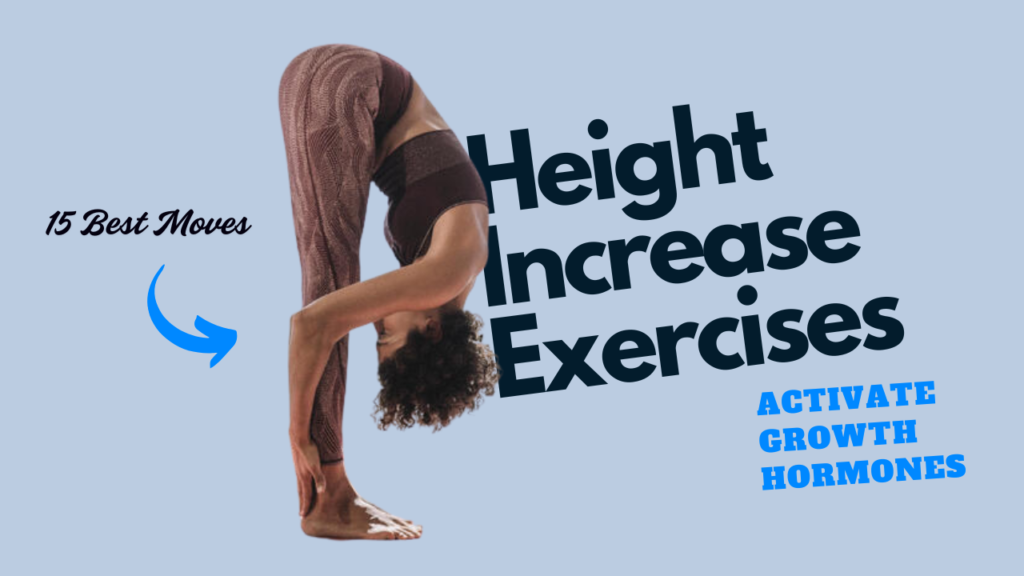
Table of Contents
What Can Happen After 30 Days of Height Increase Exercises
| Positive Outcomes | What It Means |
|---|---|
| Improved posture | You’ll likely stand taller and straighter, reducing any height lost to slouching. |
| Enhanced spinal flexibility | Your back will feel more relaxed and mobile, easing tension from prolonged sitting. |
| Noticeable increase in confidence | Better posture and body awareness often lead to greater self-esteem. |
| Mild decompression of spine | Daily hanging and stretching may help regain 0.5–1 inch of apparent height. |
| Strengthened core and back muscles | You’ll build support for a more upright frame and reduce back pain. |
| Habitual physical discipline | Regular workouts create lasting routines that support lifelong wellness. |
| Better sleep quality | Relaxed muscles and lower tension often improve sleep, which boosts growth hormone activity. |
| Increased energy & flexibility | You’ll feel more agile, active, and less stiff in your day-to-day movements. |
Do’s and Don’ts of Height Increase Exercises
| Do’s | Don’ts |
|---|---|
| Practice daily for consistency | Don’t expect instant height gains |
| Focus on posture-correcting exercises | Don’t slouch during or after workouts |
| Warm up before stretching | Don’t overstretch or force flexibility |
| Combine stretching with strength training | Don’t rely on just one type of movement (e.g., only hanging) |
| Maintain a balanced diet for muscle and bone health | Don’t skip nutrition thinking exercise alone will work |
| Get 7–9 hours of sleep for growth hormone function | Don’t ignore your recovery or rest days |
| Monitor your form with mirrors or video | Don’t do exercises with improper posture |
| Stay hydrated before and after your workouts | Don’t work out with a stiff or dehydrated body |
| Incorporate breathing techniques during yoga poses | Don’t hold your breath while stretching |
| Be patient and consistent over weeks and months | Don’t give up after just a few days of practice |
15 Best Height Incraese Exercises
1. Hanging from a Bar
How it helps:
Hanging helps decompress the spine by reducing gravitational pressure on the vertebrae.
How to do it:
- Find a sturdy pull-up bar.
- Grip it with palms facing away.
- Let your body hang freely for 20-30 seconds.
- Repeat 3-4 times.
Pro Tip: Keep your shoulders relaxed and try deep breathing to enhance spinal release.
2. Cobra Stretch (Bhujangasana)
How it helps:
This yoga pose stretches the spine, strengthens the lower back, and promotes flexibility.
How to do it:
- Lie on your stomach with legs extended.
- Place palms beside shoulders.
- Press up slowly, lifting the chest while keeping hips on the ground.
- Hold for 20-30 seconds.
Repeat 3 times daily for the best results.
3. Pelvic Tilts
How it helps:
Improves posture and strengthens lower back and core muscles.
How to do it:
- Lie flat with knees bent and feet hip-width apart.
- Tighten your core, lift hips upward.
- Hold for 10-15 seconds, then release.
- Do 3 sets of 10 reps.
4. Cat-Cow Stretch
How it helps:
Enhances spine flexibility and alignment.
How to do it:
- Get on all fours.
- Inhale and arch the spine (cow).
- Exhale and round it (cat).
- Move with your breath for 1-2 minutes.
Perfect as a warm-up or cool-down.
5. Leg Stretches
How it helps:
Targets hamstrings and calves, releasing muscle tension and elongating the lower body.
How to do it:
- Sit with legs extended.
- Reach forward, trying to touch toes.
- Hold for 20 seconds, repeat 3 times.
6. Swimming
How it helps:
A full-body workout that elongates the spine and strengthens the core.
How to do it:
- Focus on strokes like freestyle and breaststroke.
- Swim 3-4 times a week for 30 minutes.
Interesting Fact:
Elite swimmers often have longer torsos — thanks to the stretching effects of swimming.
7. Forward Bend (Standing Toe Touch)
How it helps:
Stretches spine, hips, and hamstrings.
How to do it:
- Stand tall, arms overhead.
- Bend forward from the hips and reach for your toes.
- Keep knees soft but not bent.
- Hold for 15-30 seconds.
8. Pilates Roll-Over
How it helps:
Stretches the vertebrae and builds abdominal strength.
How to do it:
- Lie on your back with arms at sides.
- Raise legs and slowly bring them overhead.
- Try to touch the floor behind with toes.
- Hold for a few seconds, then return slowly.
9. Bridge Pose
How it helps:
Activates the core and aligns the spine.
How to do it:
- Lie on your back with knees bent.
- Push through your heels and lift your hips.
- Squeeze glutes, hold for 20 seconds.
10. Skipping Rope
How it helps:
Stimulates growth hormones, improves posture and stamina.
How to do it:
- Start slow, 1-2 minutes per set.
- Aim for 5-10 minutes daily over time.
- Maintain upright posture while skipping.
11. Side Stretches
How it helps:
Increases flexibility in the spine and intercostal muscles.
How to do it:
- Stand with feet apart.
- Raise one arm overhead and bend to the opposite side.
- Hold 10 seconds, switch sides.
- Repeat 5 times each.
12. Dry Land Swimming (Alternate Leg & Arm Raises)
How it helps:
Strengthens back and stretches limbs.
How to do it:
- Lie flat on your stomach.
- Lift your right arm and left leg together.
- Hold for 5 seconds, then alternate sides.
- Perform 10 reps each side.
13. Mountain Pose (Tadasana)
How it helps:
Improves posture and balance, subtly trains the spine for better alignment.
How to do it:
- Stand with feet together, arms at sides.
- Inhale, raise arms overhead, stretch upwards.
- Engage your thighs and lift heels slightly.
- Hold for 30 seconds.
14. Low Lunge Stretch
How it helps:
Elongates the spine, opens up hips, and decompresses lower body.
How to do it:
- Step one leg forward into a lunge.
- Lower back knee to the floor.
- Push hips forward while keeping spine straight.
- Hold for 30 seconds, then switch legs.
15. Spot Jumping (Vertical Jumps)
How it helps:
Stimulates fast-twitch muscle fibers and supports hormone production.
How to do it:
- Stand with feet hip-width apart.
- Jump vertically as high as you can.
- Land softly and repeat.
- Perform 3 sets of 10 jumps.
Final Thoughts
Height may be influenced by genetics, but your daily habits and exercises make a big difference in how tall and confident you appear.
Incorporating these 15 height-increase exercises into your routine not only supports spinal health but also encourages body alignment, strength, and balance — key elements for maximizing your true height potential.
Remember: Consistency is key. While results may not be instant, these stretches and movements can help you feel taller, straighter, and stronger over time.
Frequently Asked Questions (FAQs)
Can exercise really increase height after 18 or 21?
While bone growth typically stops after puberty, certain exercises can improve posture, decompress the spine, and strengthen core muscles, which may help you appear taller. These benefits are especially noticeable when done consistently with proper form.
How often should I do height-increasing exercises?
Aim for 4–6 times a week, combining stretching, strengthening, and posture-correcting movements. Consistency is more important than intensity.
How long does it take to see results?
For most individuals, visible changes like better posture or increased flexibility can be noticed within 4–8 weeks of regular training. However, “growth” results vary depending on age, genetics, and lifestyle.
Is it possible to gain a few inches in height just from exercise?
In most cases, you can gain 1–2 inches in perceived height by correcting posture, improving spinal alignment, and reducing spinal compression. Actual bone length increase is unlikely after growth plates close.
Do these exercises work for both males and females?
Yes. These exercises are effective and safe for all genders and ages, especially teens and young adults. Older adults benefit from posture correction and flexibility enhancement.
Is hanging the most effective height-increasing exercise?
Hanging is excellent for spinal decompression and posture. However, for best results, it should be combined with core strengthening, yoga stretches, and mobility exercises.
Can poor posture make me look shorter?
Absolutely. Slouched shoulders and forward head posture can reduce your apparent height by 1–2 inches. Improving posture through exercises can reclaim this lost height.
Should I avoid weightlifting if I want to increase height?
Moderate strength training is actually beneficial. It improves muscle support and posture. Just avoid heavy spinal compression (e.g., heavy squats or overhead presses) during key growth years (teens).
Is swimming good for height growth?
Yes. Swimming stretches the body, strengthens the back, and supports better posture — all contributing to a taller appearance over time.
Are there any risks in doing these exercises daily?
As long as exercises are done with proper form and rest days, there is minimal risk. However, over-stretching or overtraining can cause strain. Always listen to your body and progress gradually.


